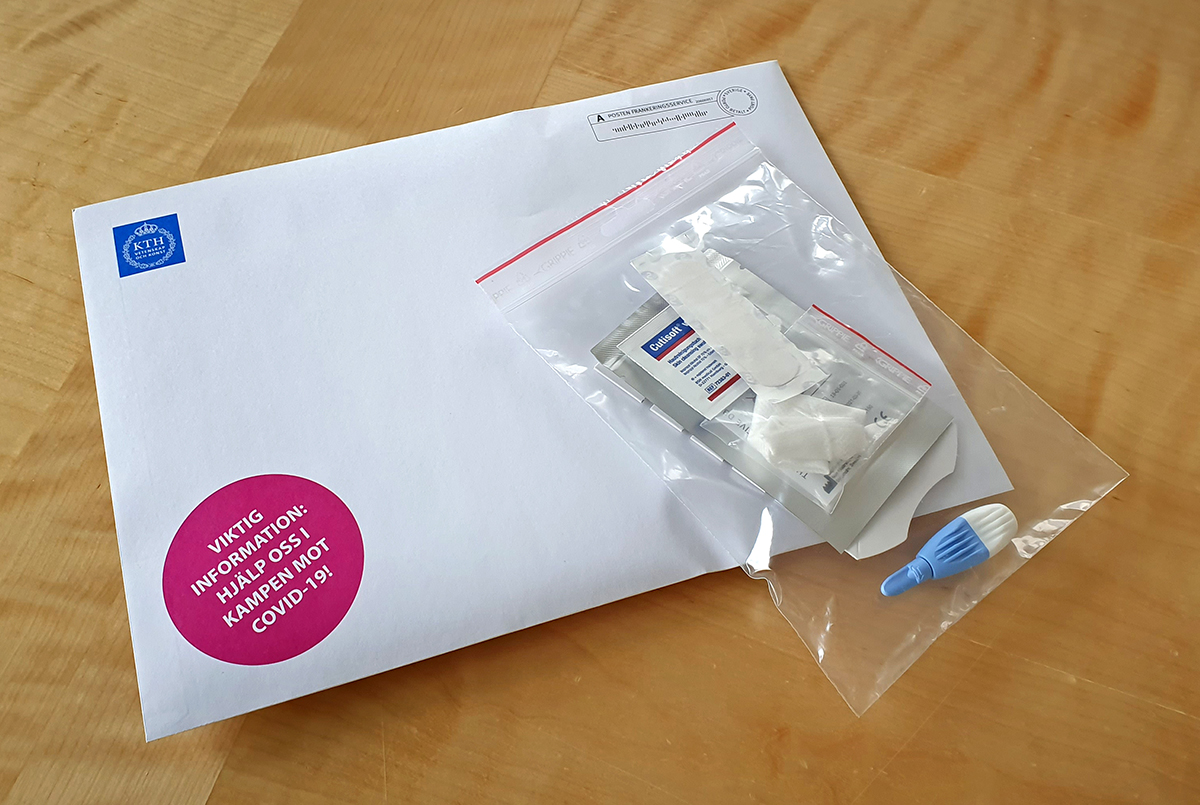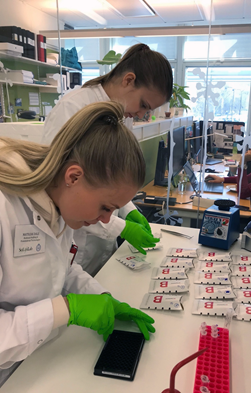By early April, 10 percent of Stockholmers were infected with Covid

By the first weeks of April, 10 percent of Stockholm’s population had been infected with the coronavirus and developed antibodies, according to sampling collected via post from 1,000 of the city’s residents. KTH researchers now will follow up with a second mailing of 1,000 sample collection kits in order to determine the spread over the last four weeks.
The results provide a snapshot of the spread of infection Stockholm had accumulated by Easter. Of 1,000 anonymous home sampling kits sent, 550 were returned. Of these, 446 test responses were approved.
The incubation period for COVID-19 ranges from 2 to 14 days following exposure, with most cases showing symptoms approximately 4 to 5 days after exposure. The average sampling day was April 11, says Niclas Roxhed, associate professor at KTH.

The mailings were evenly distributed to men and women, chosen at random, and ranging in age between 20 and 74, from a population of 1.22 million people in 717,850 households.
“We really need the public's help now,” Roxhed says. “Only with as many contributions as possible can we get a true picture of the spread of infection.
“And this allows us to put into practice a way for everyone who needs to be tested to be able to test themselves.”
Roxhed (KTH) and Olof Beck (Karolinska Institutet) are responsible for sampling and mailing. Analysis of antibodies and proteins is led by Jochen Schwenk and Claudia Fredolini (both from KTH / SciLifeLab). Production of viral proteins is handled by Gerald McInerney, Leo Hanke and Benjamin Murrell (all three from Karolinska Institutet).
Peter Ardell/David Callahan
